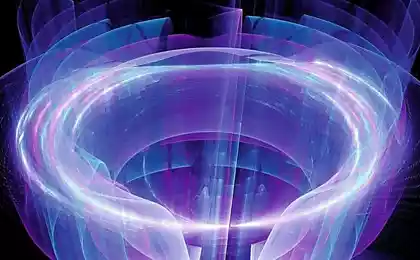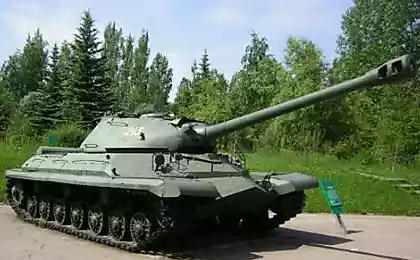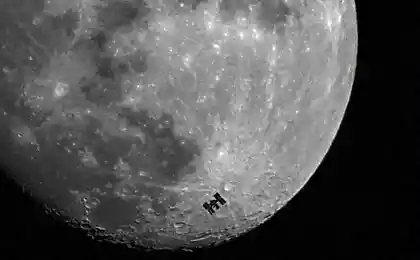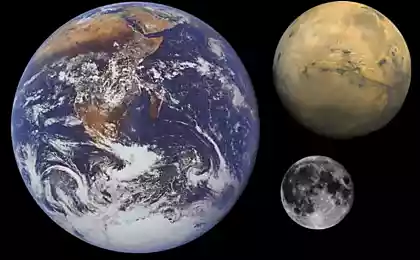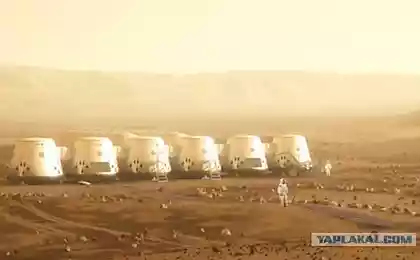925
The new ISS crew will test the goggles, which in the future can be used to save the view during long flights

May have already been born people who first set foot on the surface of Mars. Since manned flight to the Red Planet is becoming more and more realistic, we have to provide any detail, any situation in which something can go wrong during a long journey to Mars and back to Earth, пишет extremetech . For example, what if the people sent to Mars at the time of arrival will lose their eyesight and can not see anything? Agree, it would be a huge problem.
We have already learned about a number of negative effects associated with prolonged exposure to weightlessness. For example, the astronauts on the ISS need daily exercise to maintain muscle mass and bone density, which in space quickly atrophy and become brittle. To solve this problem is simple enough, but the devastating impact of conditions in space vision much more unpleasant.
National Research Institute of Space Biomedicine (NSBRI) has recently received funding from the three companies in the development of its program of manned flight to Mars. The new development can help to keep the visual acuity during long space missions. It combines three technologies: ophthalmoscope with Redin display, glasses for controlling the pressure and interchangeable lenses that are easy to pick up, respectively sight. Testing the entire set will start a new ISS crew in the coming months.
NASA for decades in the course of that in microgravity eyes slightly changes its shape, which can lead to vision loss. However, only in recent years it has become evident that the problem is neither the time nor the light in terms of the solution. All members of the ISS pass a medical examination after returning to earth. Some astronauts were identified real (measurable) blurred vision. Scientists believe that the reason for this lies in the increase in intracranial pressure in terms of the orbital microgravity, as measured in cerebrospinal fluid pools on the ground is drawn down. It is unlikely that anything other than the creation of artificial gravity can resolve this problem, but scientists can try to create a technology that partially compensate for the loss of view during stay in space.
Ophthalmoscope was developed by Annidis Inc. and can obtain the retinal image with sufficient sharpness without invasive procedures. This is the main tool in the study and monitoring the effects of weightlessness on the anatomy glaza.Razrabotannye glasses are designed to control and stabilize the intraocular pressure and can compensate for the damage caused by increased intracranial pressure. With the deterioration of view during a long flight, for example, to Mars, glasses can be adjusted.
Described technological solutions will be tested by NASA astronaut Scott Kelly and Russian cosmonaut Mikhail Kornienko during their historic mission to the ISS for a period of a year . Their long stay at the station will be used including to evaluate not only the overall effects of long-term stays in space on the human body (formerly the length of stay on the ISS crews did not exceed 6 months), but the effect of microgravity on vision.
Source: geektimes.ru/post/247990/
Reconstructive memory for everyday objects
It created one of the most emotional scenes «The Last of Us»

